Greetings From Manaus: Fishing for piranha, finding World Cup meaning


This is the first piece in a series throughout opening weeks of the World Cup, in which SI senior writer Greg Bishop and photographer Simon Bruty chronicle their travel to offer a taste of the cultural side of Brazil. They begin their travels in the Amazon city of Manaus.
MANAUS, Brazil – It’s Sunday afternoon here in the Amazonas and Avenida Eduardo Ribeiro is clogged with revelers, the faithful out in force. Vendors hawk candied fruits and churros filled with caramel and chocolate and juices made with fruits plucked from the nearby rainforests.
Everything is sweet, a dentist’s nightmare, a child’s dream. Everyone is dancing, singing, eating, selling. Coconuts come with straws. Even in the northwest corner of Brazil, closer to the Colombia and Venezuela borders than Rio or Sao Paulo, everyone – students, families, grandmothers – is taking Selfies. A bishop preaches in Portuguese between songs from atop a stage, his words broadcast on projection screens spread for more than a mile down the street.
They’re not here on this Sunday for the soccer, although it will be here soon enough. It seems, at the very least, odd that Manaus was included among the World Cup host cities, given that it does not boast a premier soccer club; that its temperature ranges from humid to hellish; and, most obviously, that it’s located in the jungle. But here we are, with four World Cup matches on the near horizon in this unlikely and gloriously unusual outpost.
Statistically speaking, pressure is on USA to get points in World Cup opener
These are intriguing contests, too: England vs. Italy on June 14, the United States against Portugal on the 22nd, with Cameroon-Croatia and Honduras-Switzerland also on the docket. Already, England’s team manager, Roy Hodgson, has questioned the fairness of sending eight teams into the Amazon, where they must deal with added travel and the heat. This sparked a mini-international incident – Mayor Arthur Virgilio said England was no longer welcome in Manaus – and prompted a Hodgson trip here to quell any hard feelings that remained. That was so February, though. All parties, at least publicly, highlight the setting now rather than critique it.
As the religious festivities – the Feast of Pentecost – unfolded Sunday, the buildup had already begun. Fans not clad in religious shirts designed like soccer jerseys wore dozens of Neymar’s familiar green-and-yellow No. 10’s. Children played soccer in the squares on the fringes of the celebration, the drumbeat of a dribble never far away.
I spent a few hours in the crowd, even tried a soup the locals call tacaca, a mixture of dried shrimp and yellow peppers and tapioca paste served steaming hot. Delicious – and, fair warning, numbs the lips.
Every time a local approached, they pointed and smiled and said two words. World Cup.
About that. The editors at Sports Illustrated handed down a plum assignment: spend roughly three weeks in Brazil during the world’s grandest sporting event, hit six cities, write about protests and stadium infrastructure and culture and tourism, basically everything around the tournament except the games themselves – even soup that numbs the lips.
There are no rules here, only flight and hotel reservations and a skilled photographer/bodyguard in Simon Bruty. Suggestions are welcome and encouraged. The itinerary will wind from Manaus in the northwest to Natal in the northeast, then down the coast from Salvador to Rio to Sao Paulo and then inside to Belo, with, hopefully, many day trips, in between. Next up: piranha fishing in the Amazon.
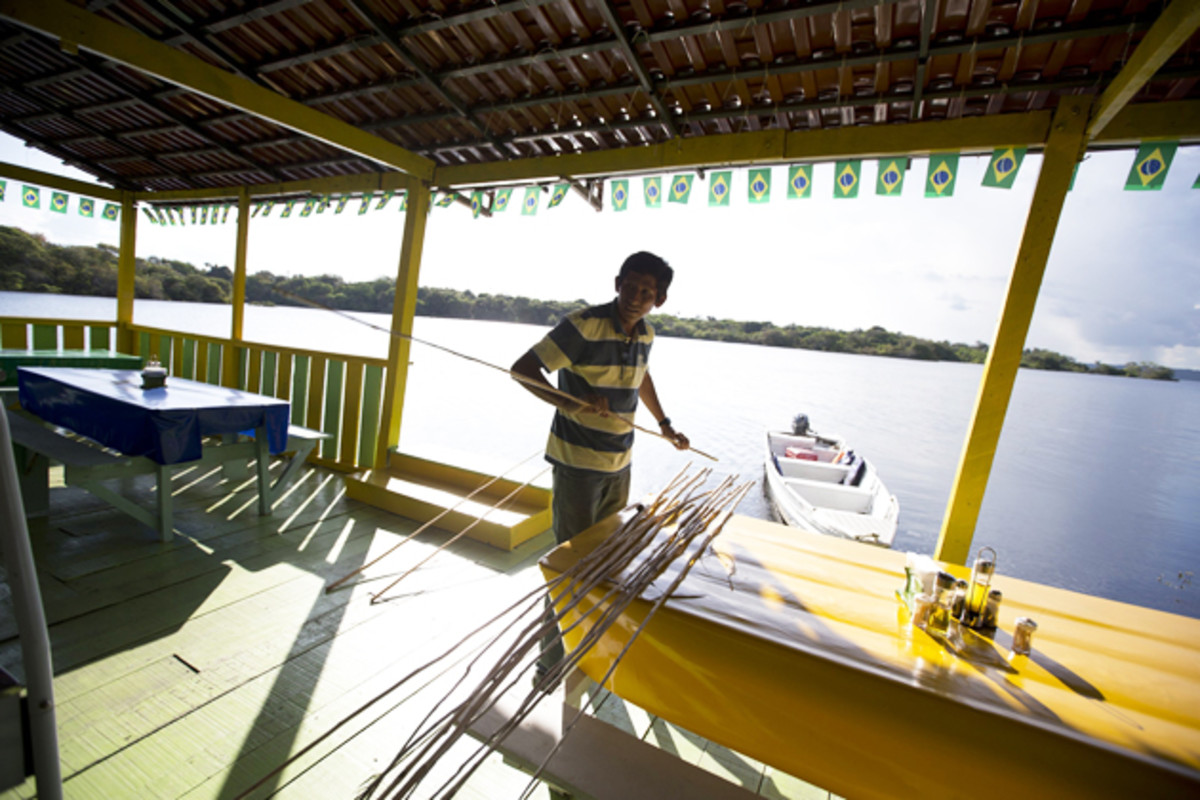
The prep work started in Seattle, where Juergen Keller co-founded and runs SouthAmerica.travel. Keller moved to Rio in 1998 to study and stayed, for one year and two years, all the way until 2008. He spent some time in Rio recently and found the streets already decorated in green and yellow, like Carnival for the soccer set.
Throughout his travels, Keller has visited 10 of the 12 World Cup host cities. He hopes visitors see the contrast, one country divided into so many distinct regions: Manaus, an industrial city of 2 million once ruled by rubber barons near the rainforest; Natal and Recife and their beaches; Salvador, known as the “Capital of Happiness” and “The Black Rome”; Sao Paulo with its music; Belo with its art and gems and precious stones. “It’s like going to different countries,” Keller says.
For Carnival, the Brazilian festival held each February and sometimes in early March, Keller says hotels generally cost four to five times their normal prices. He has seen the cost for World Cup housing go down in recent weeks, from that level to closer to three times a normal room rate. That’s still expensive but Keller hopes, as the government hopes, as the protestors hope, that the expected influx of cash from both the World Cup and the Olympics in 2016 will provide much-needed infrastructure throughout the country. Long-term improvement, Keller calls it.
That remains to be seen, and there promises to be much protest over the allocation of resources throughout this World Cup in a country where the gulf between rich and poor remains as vast as Brazil’s lofty host ambitions.
But no one mentioned that on Sunday near the Amazon, in a manufacturing center connected to the rest of Brazil only by boat or plane. Police stood guard, their presence felt. Revelers packed underneath trees or awnings, in search of every ounce of shade. The Teatro Amazonas rose in the background, with its pink façade and marble stairs and golden ceramic-tiled dome.
The soccer would be here soon enough.
Greg Bishop in MANAUS - Day 1
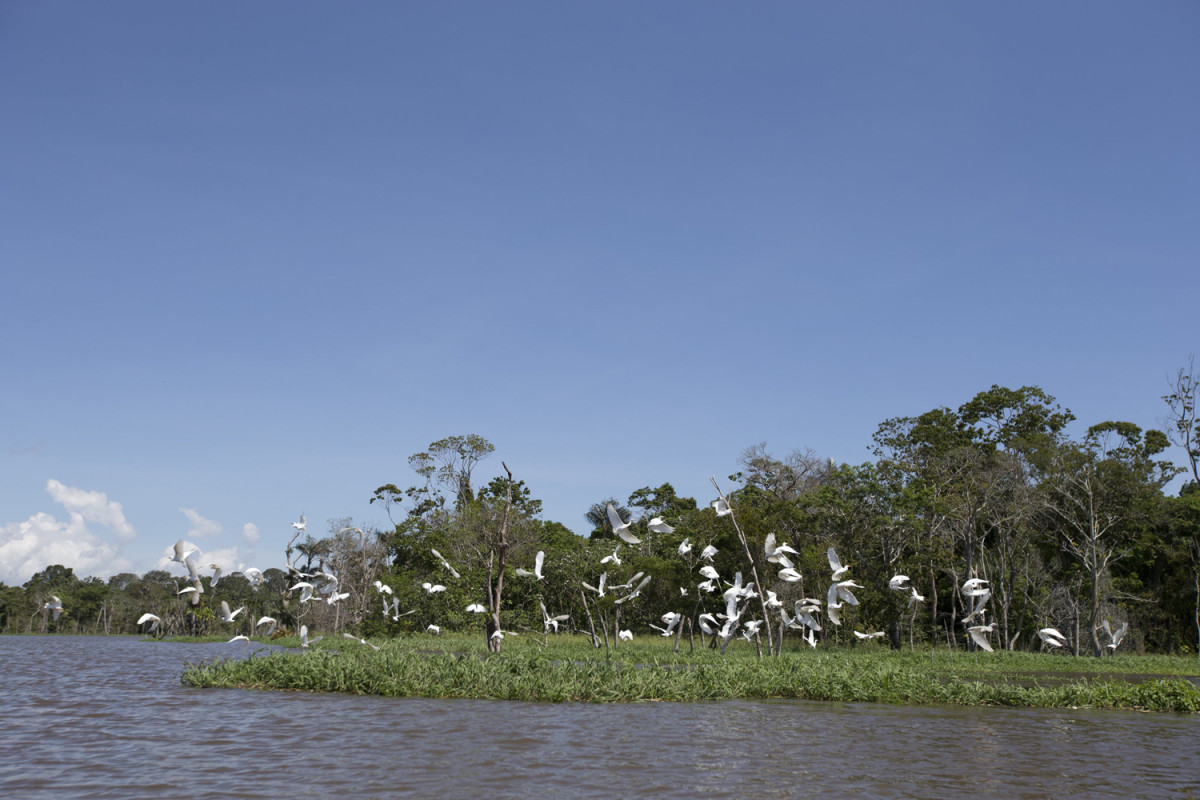
Greetings From Manaus: Greg Bishop and Simon Bruty's Travel Guide to the Other Side of the World Cup. (Photos by Simon Bruty/SI)
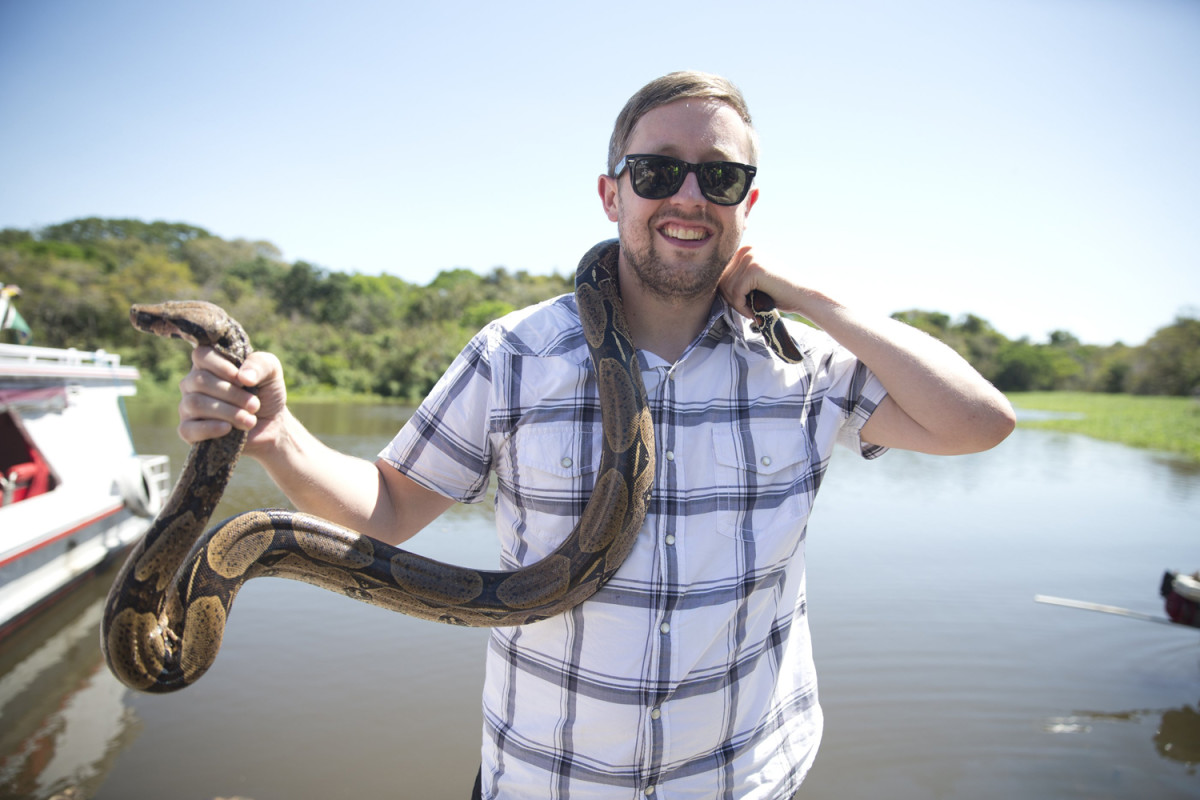
Greetings From Manaus: Greg Bishop and Simon Bruty's Travel Guide to the Other Side of the World Cup. (Photos by Simon Bruty/SI)
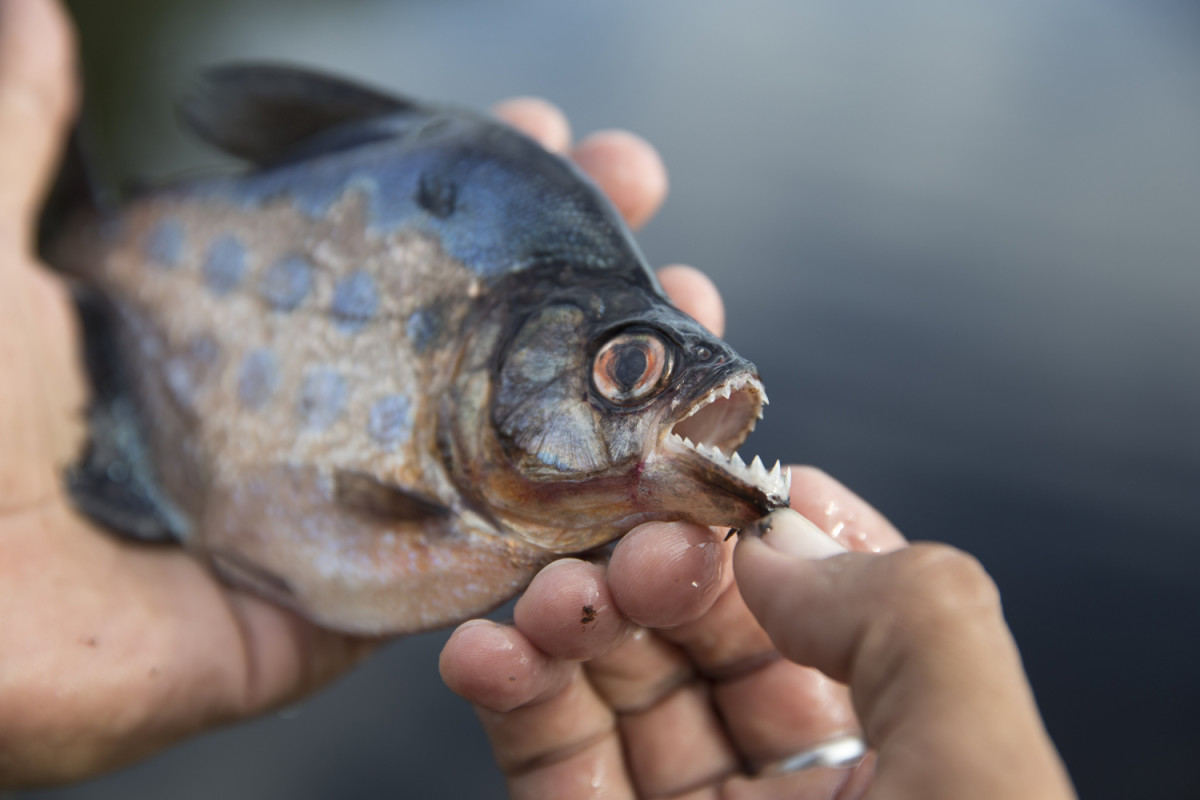
Greetings From Manaus: Greg Bishop and Simon Bruty's Travel Guide to the Other Side of the World Cup. (Photos by Simon Bruty/SI)
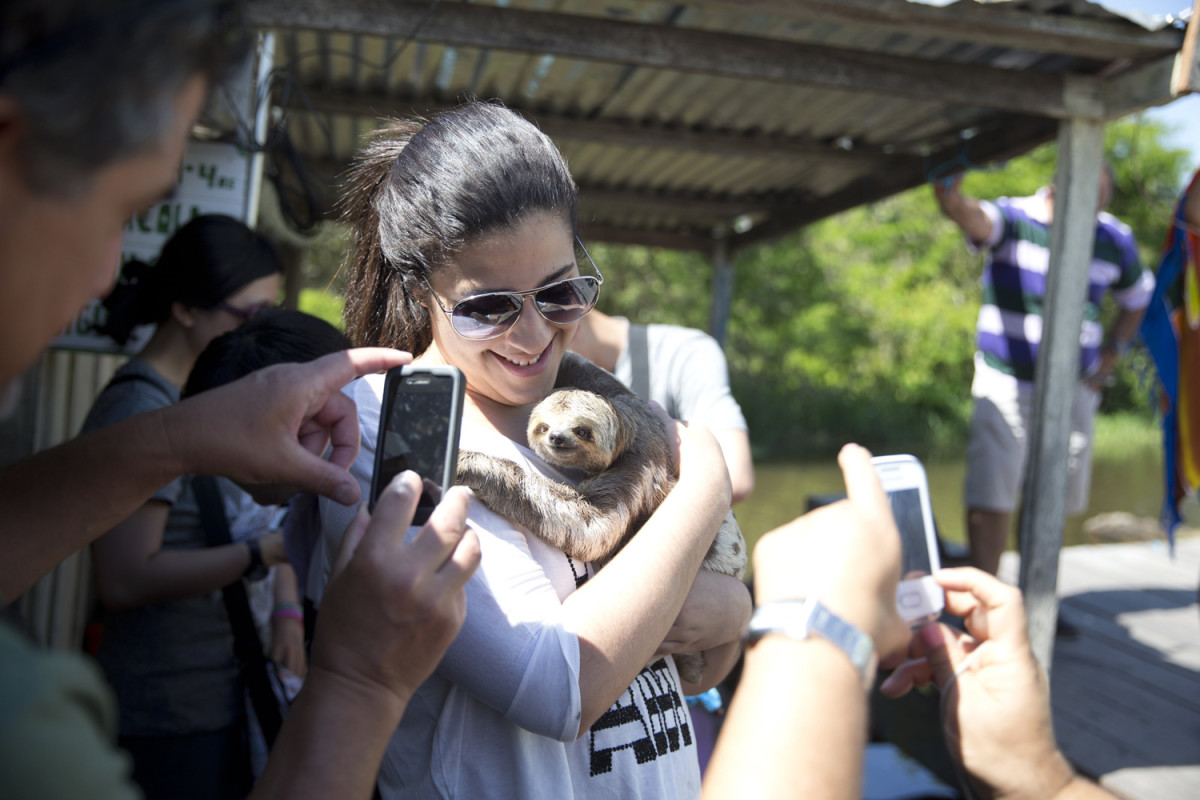
Greetings From Manaus: Greg Bishop and Simon Bruty's Travel Guide to the Other Side of the World Cup. (Photos by Simon Bruty/SI)
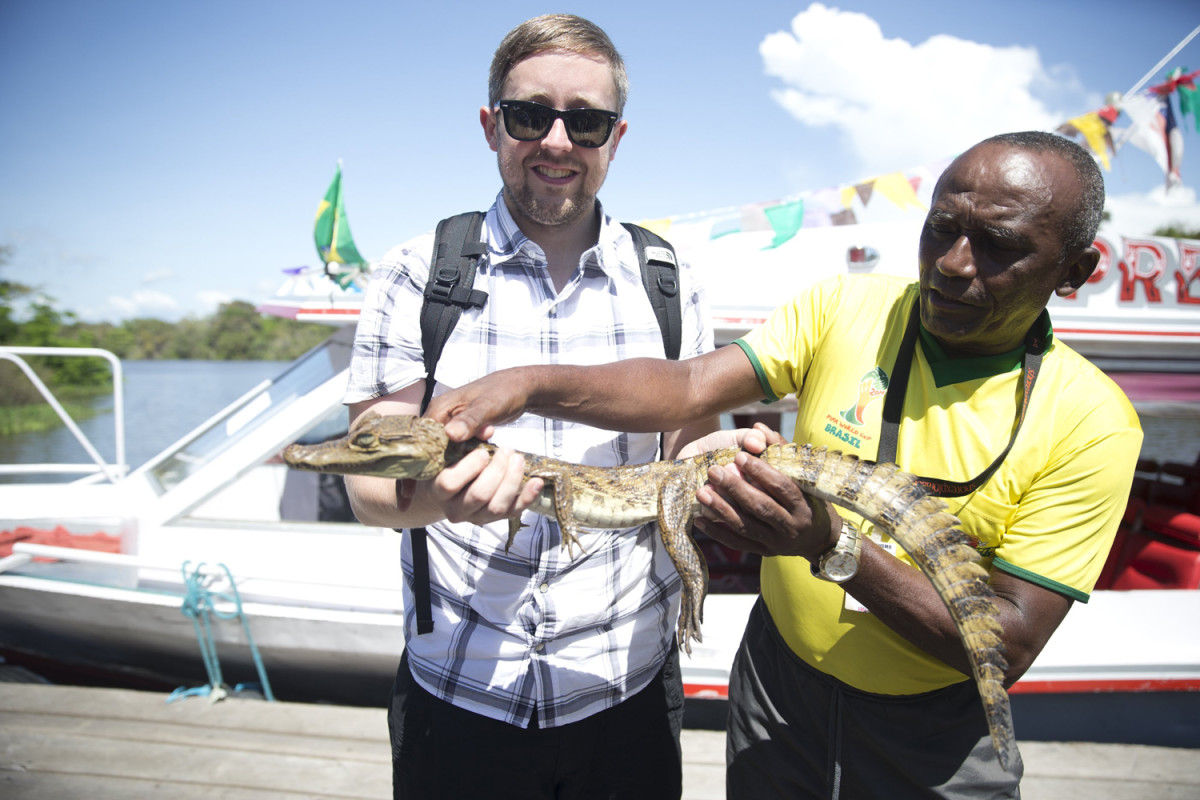
Greetings From Manaus: Greg Bishop and Simon Bruty's Travel Guide to the Other Side of the World Cup. (Photos by Simon Bruty/SI)
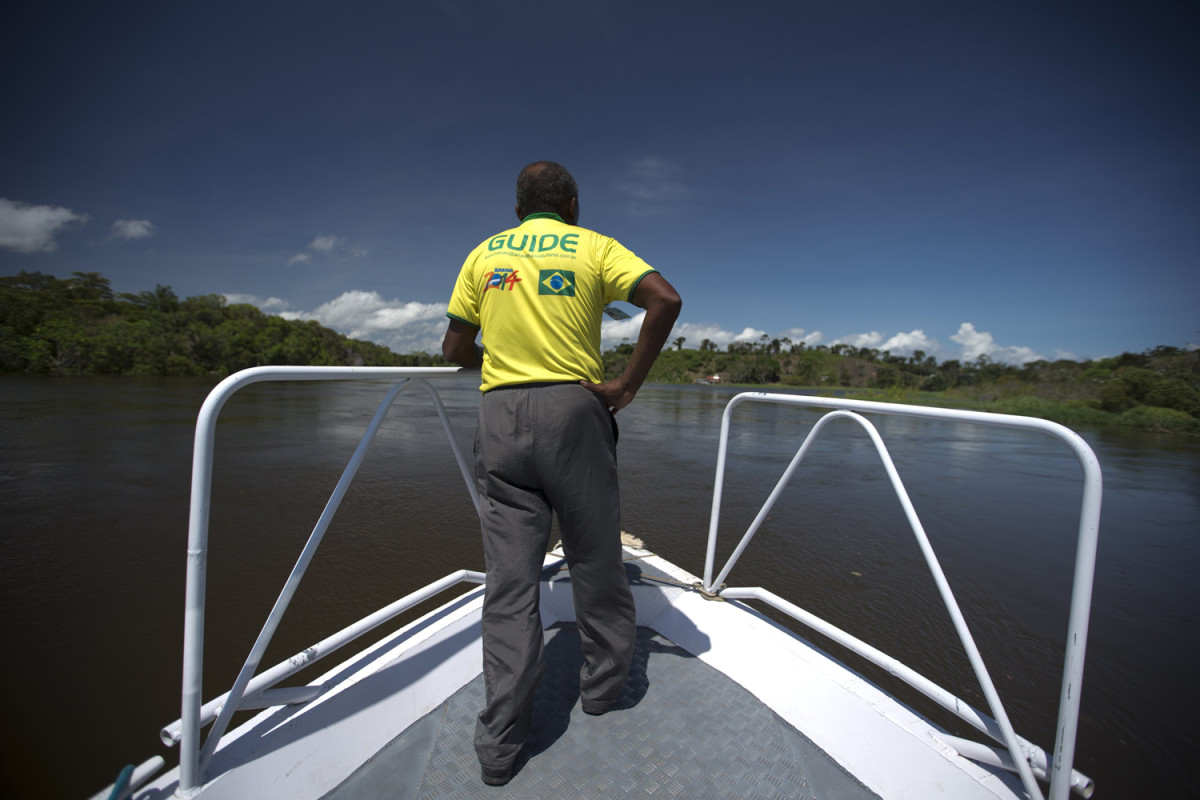
Greetings From Manaus: Greg Bishop and Simon Bruty's Travel Guide to the Other Side of the World Cup. (Photos by Simon Bruty/SI)
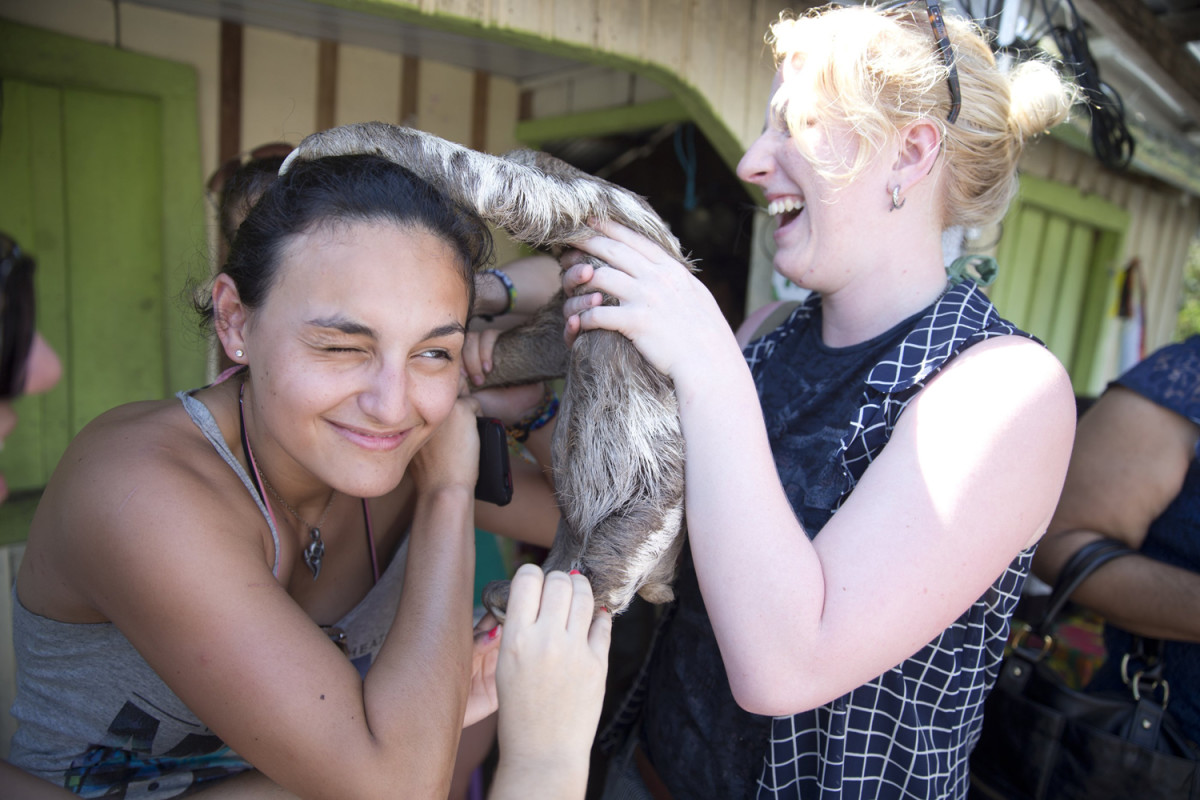
Greetings From Manaus: Greg Bishop and Simon Bruty's Travel Guide to the Other Side of the World Cup. (Photos by Simon Bruty/SI)
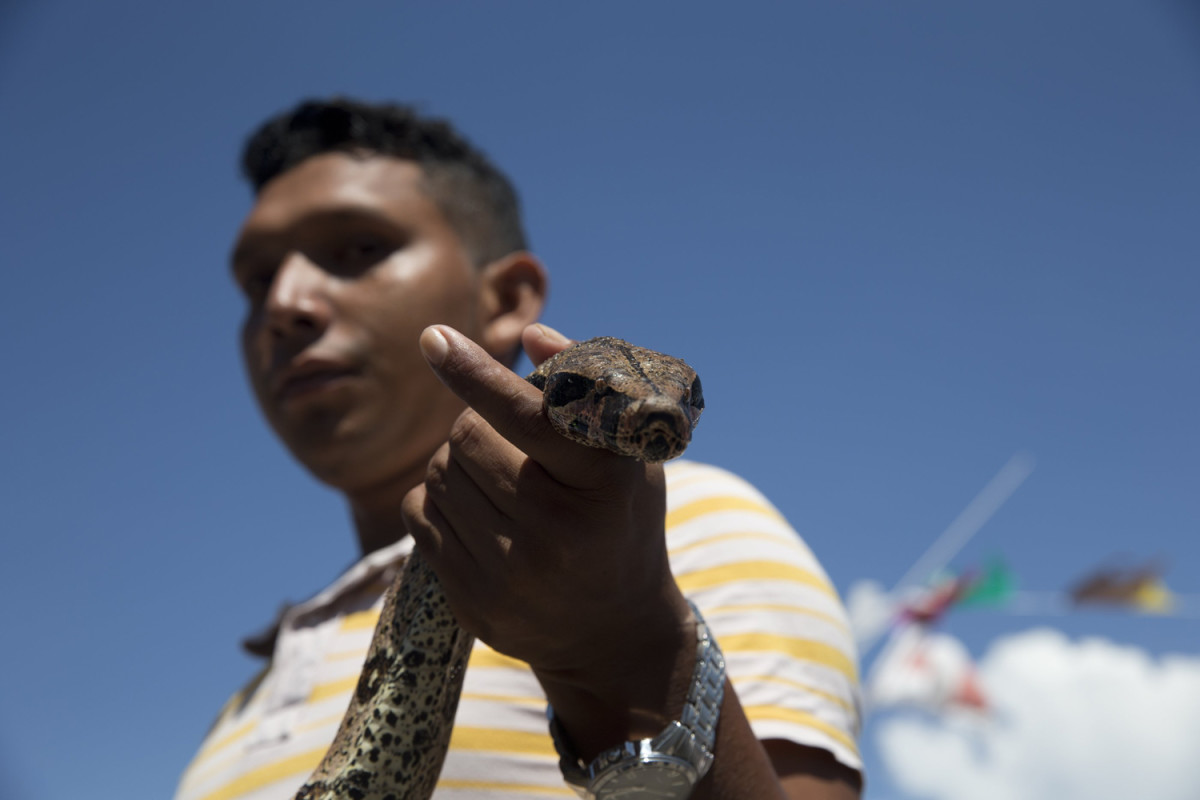
Greetings From Manaus: Greg Bishop and Simon Bruty's Travel Guide to the Other Side of the World Cup. (Photos by Simon Bruty/SI)
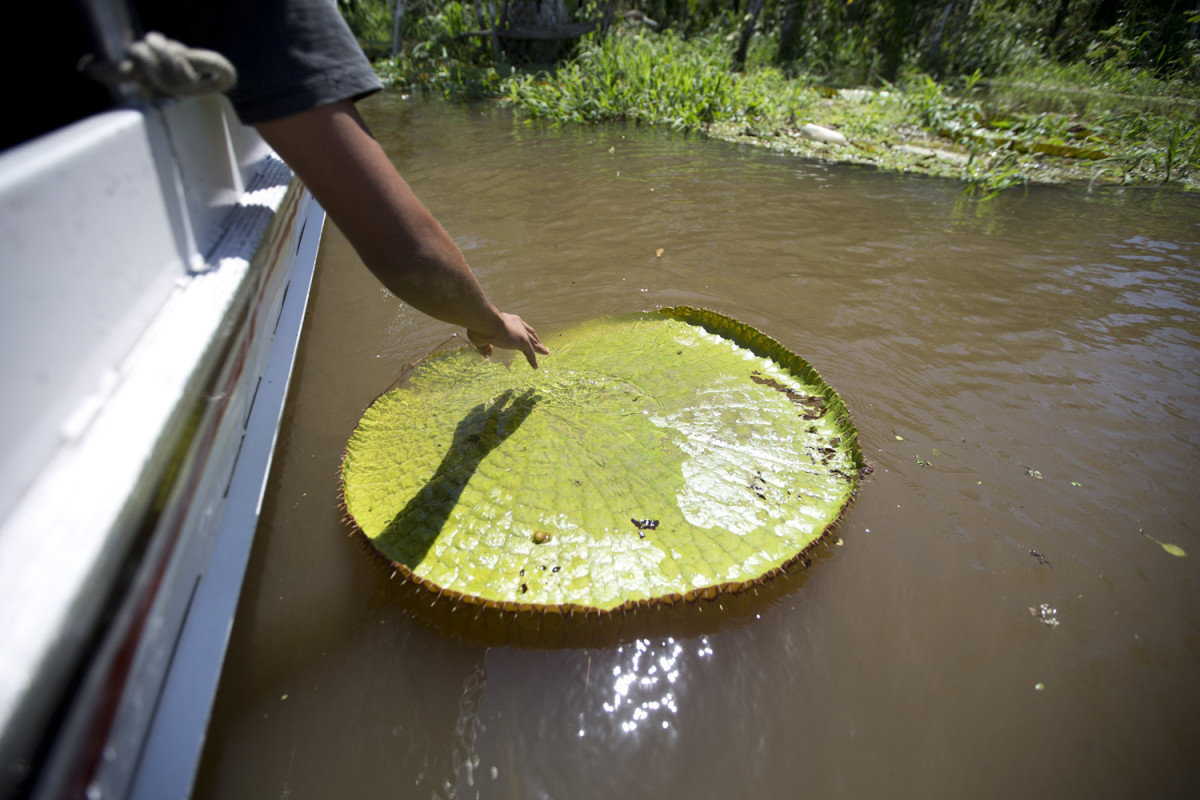
Greetings From Manaus: Greg Bishop and Simon Bruty's Travel Guide to the Other Side of the World Cup. (Photos by Simon Bruty/SI)
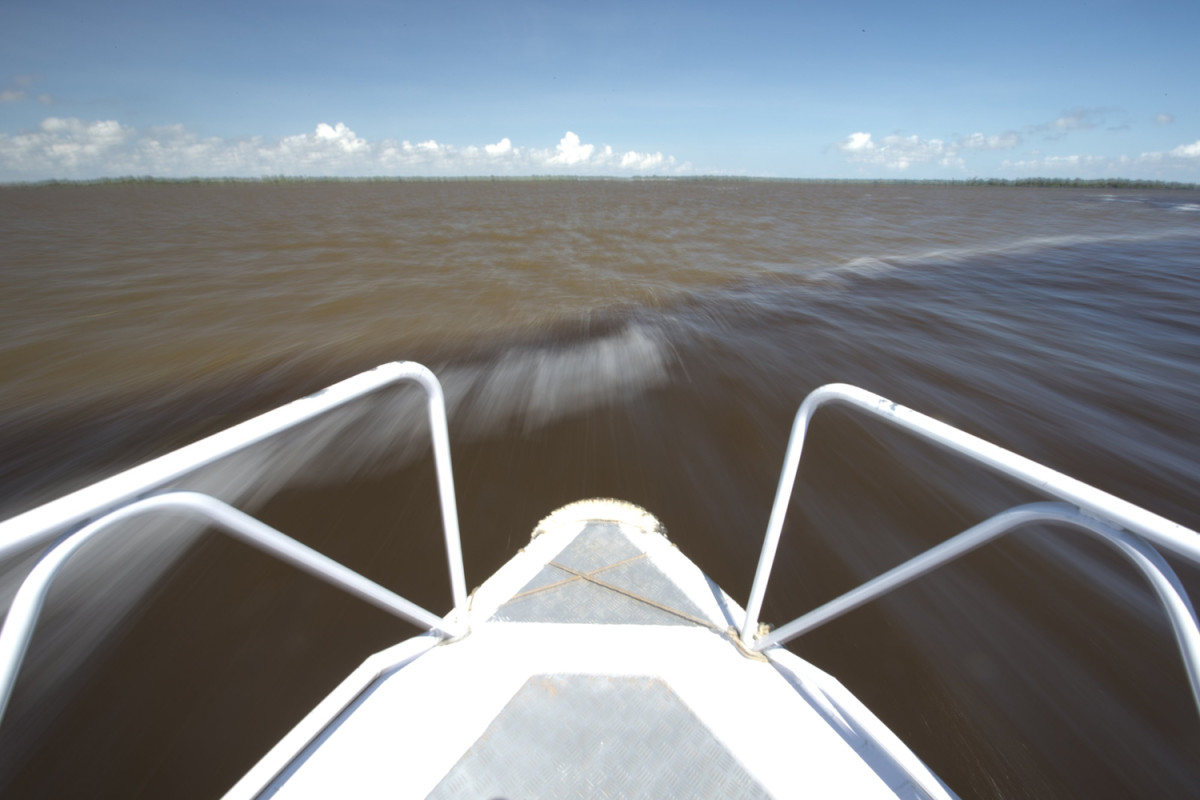
Greetings From Manaus: Greg Bishop and Simon Bruty's Travel Guide to the Other Side of the World Cup. (Photos by Simon Bruty/SI)
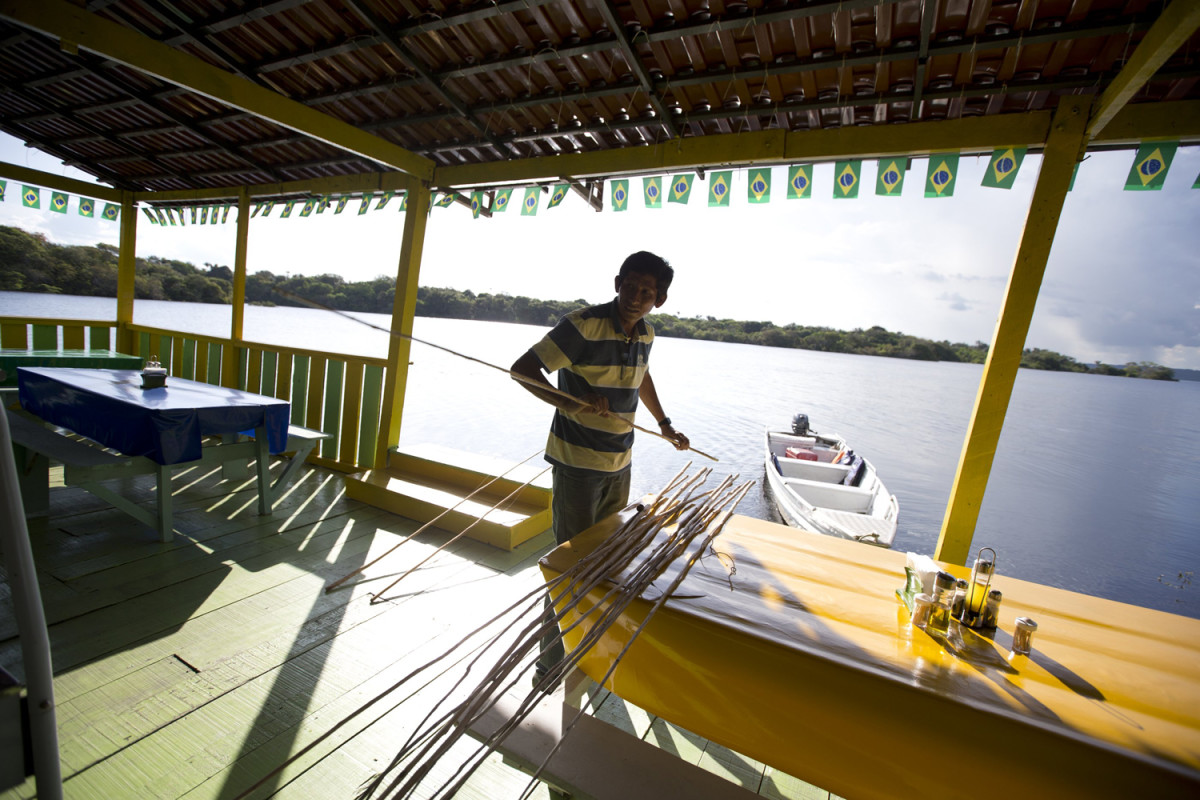
Greetings From Manaus: Greg Bishop and Simon Bruty's Travel Guide to the Other Side of the World Cup. (Photos by Simon Bruty/SI)
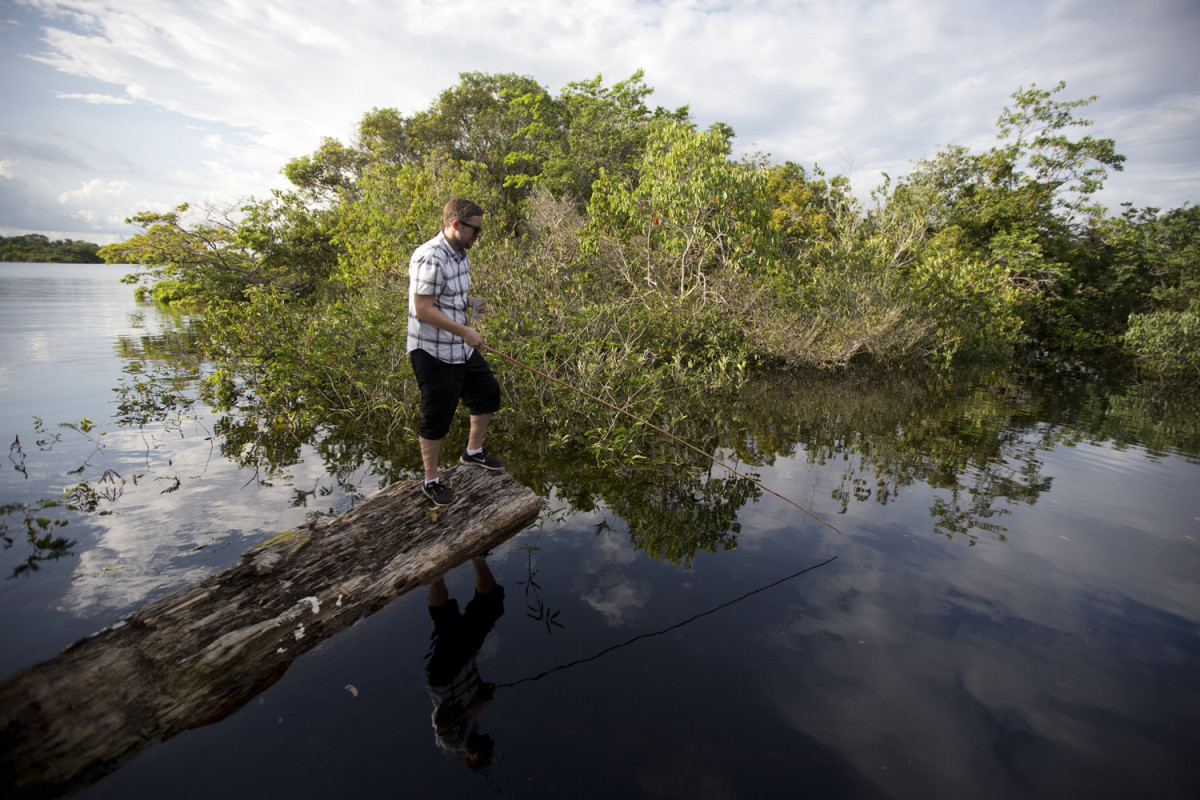
Greetings From Manaus: Greg Bishop and Simon Bruty's Travel Guide to the Other Side of the World Cup. (Photos by Simon Bruty/SI)
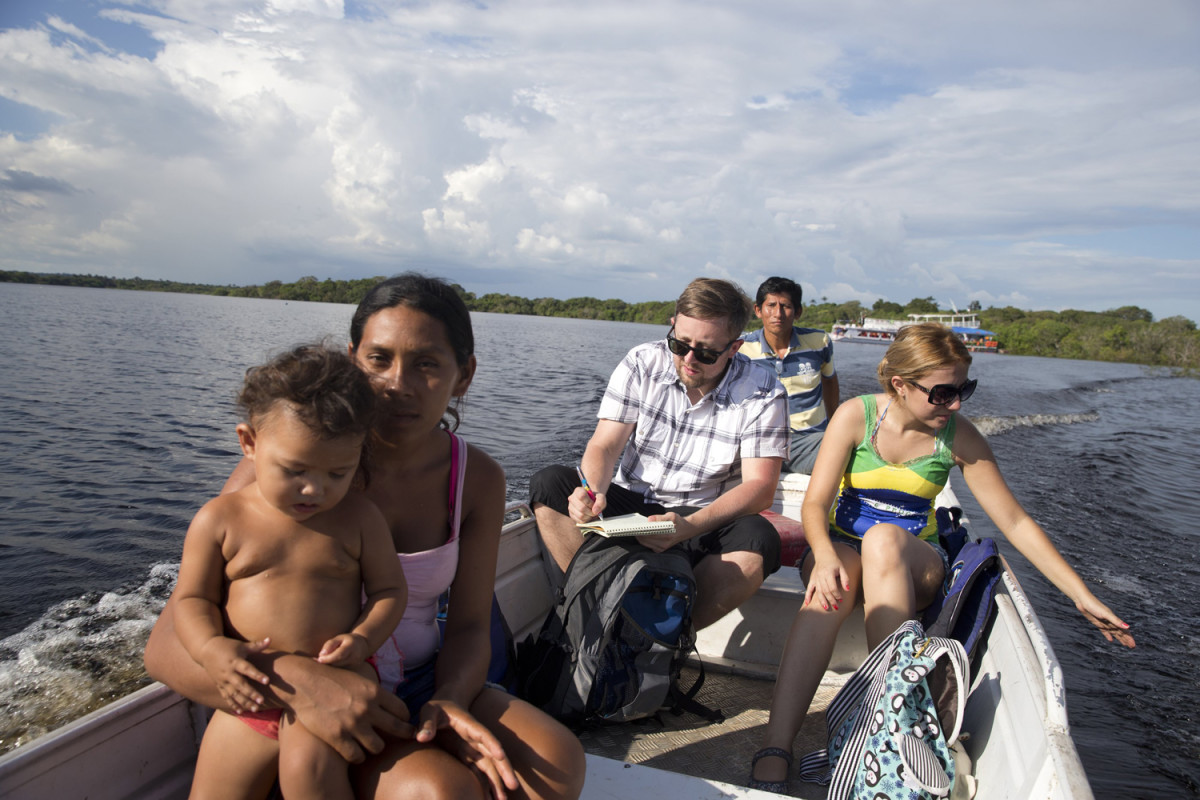
Greetings From Manaus: Greg Bishop and Simon Bruty's Travel Guide to the Other Side of the World Cup. (Photos by Simon Bruty/SI)
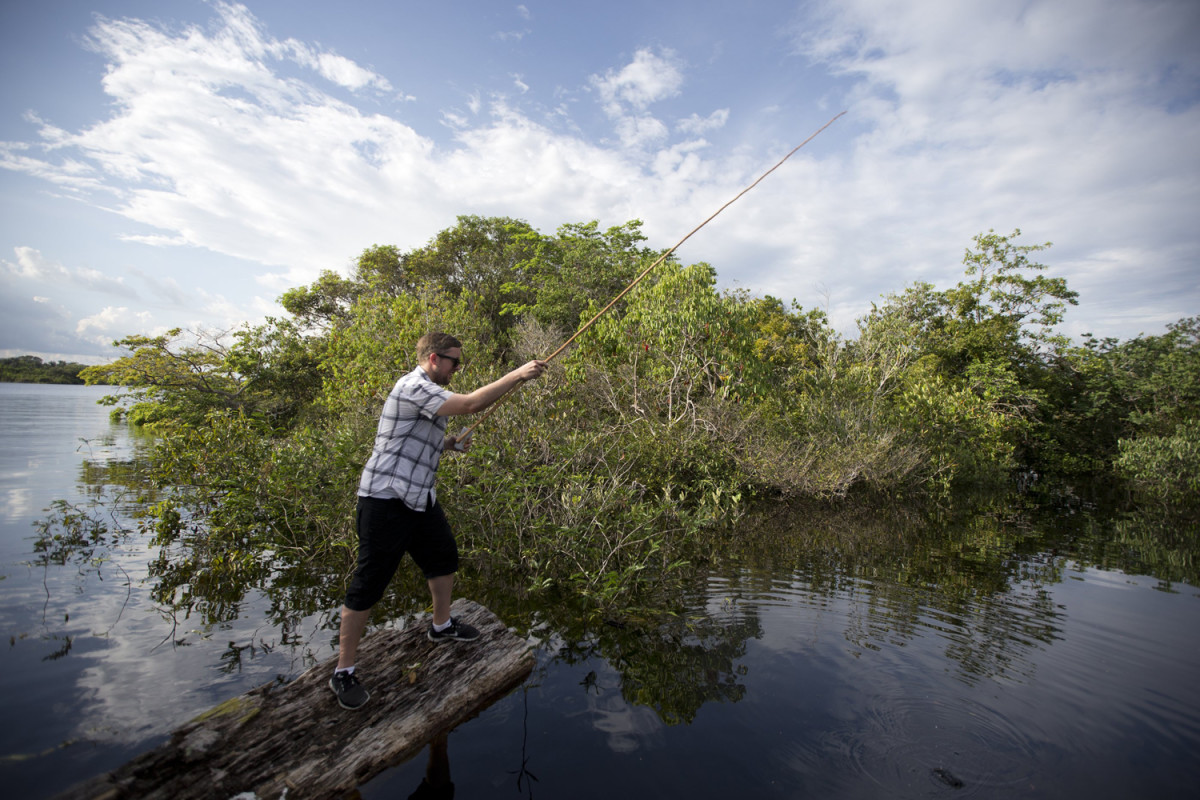
Greetings From Manaus: Greg Bishop and Simon Bruty's Travel Guide to the Other Side of the World Cup. (Photos by Simon Bruty/SI)
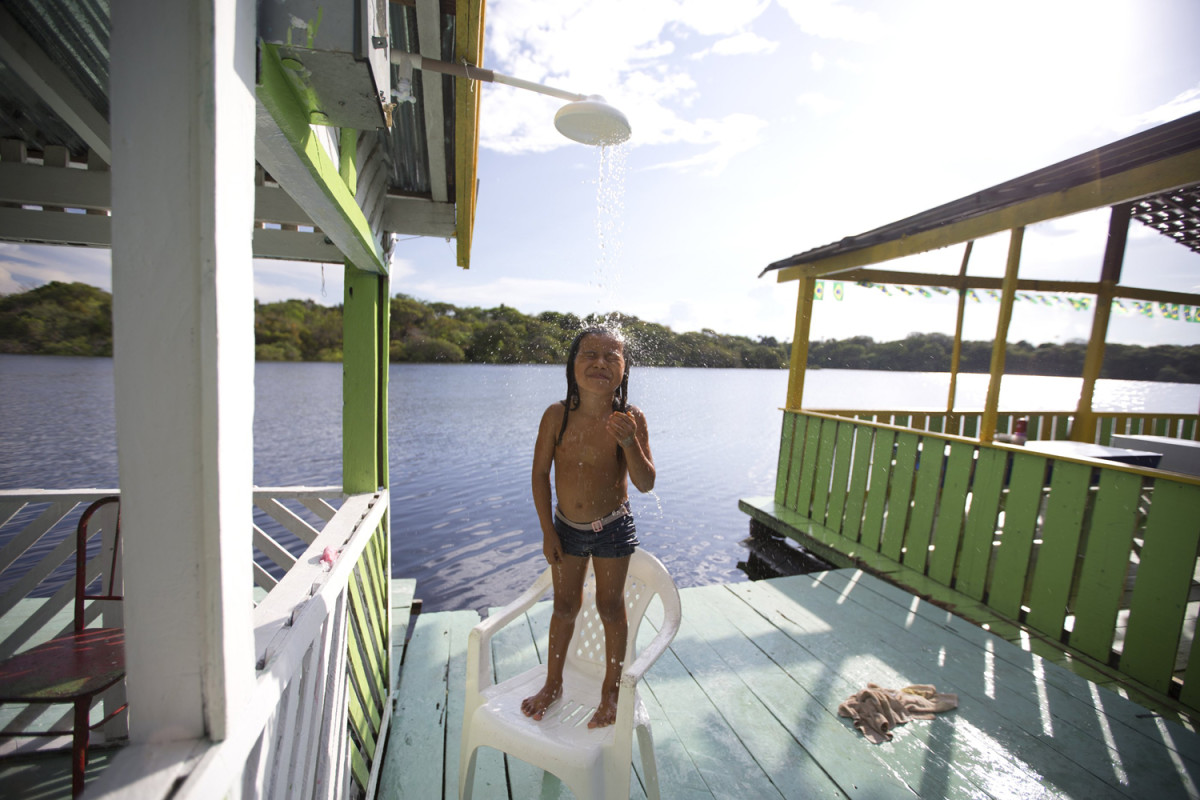
Greetings From Manaus: Greg Bishop and Simon Bruty's Travel Guide to the Other Side of the World Cup. (Photos by Simon Bruty/SI)
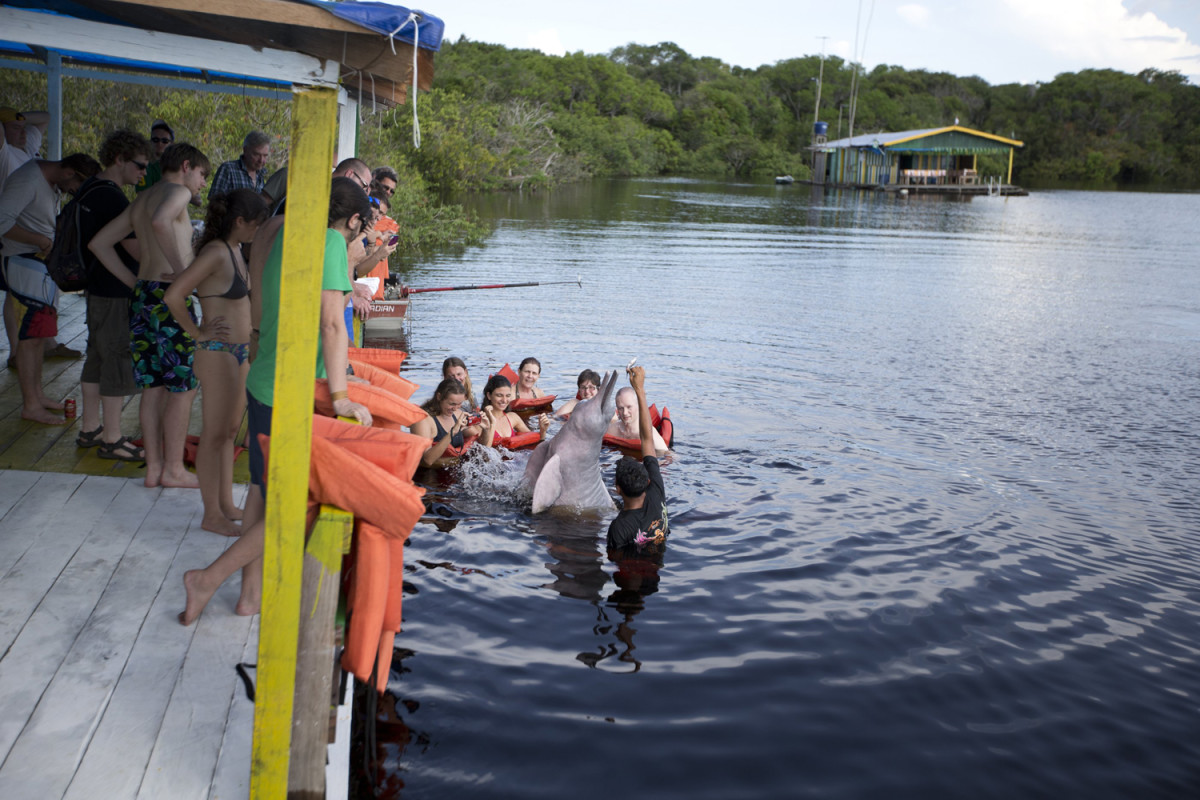
Greetings From Manaus: Greg Bishop and Simon Bruty's Travel Guide to the Other Side of the World Cup. (Photos by Simon Bruty/SI)
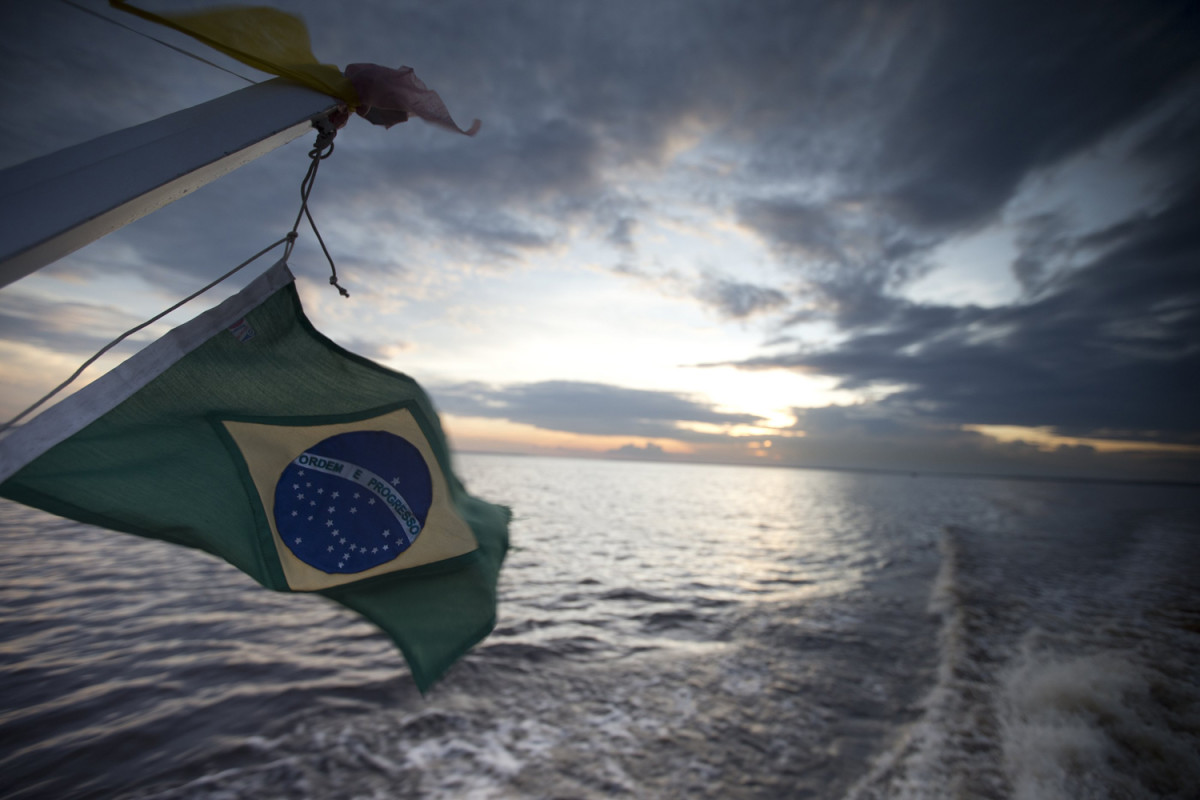
Greetings From Manaus: Greg Bishop and Simon Bruty's Travel Guide to the Other Side of the World Cup. (Photos by Simon Bruty/SI)
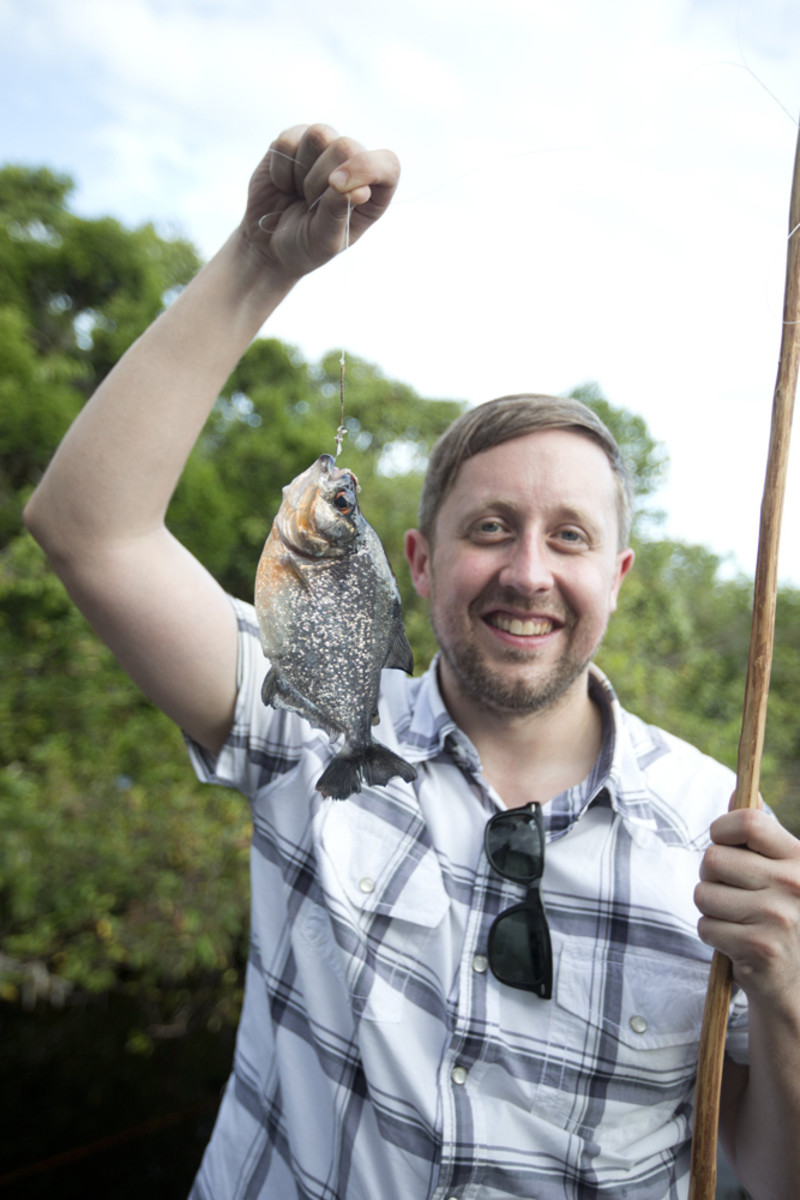
Greetings From Manaus: Greg Bishop and Simon Bruty's Travel Guide to the Other Side of the World Cup. (Photos by Simon Bruty/SI)
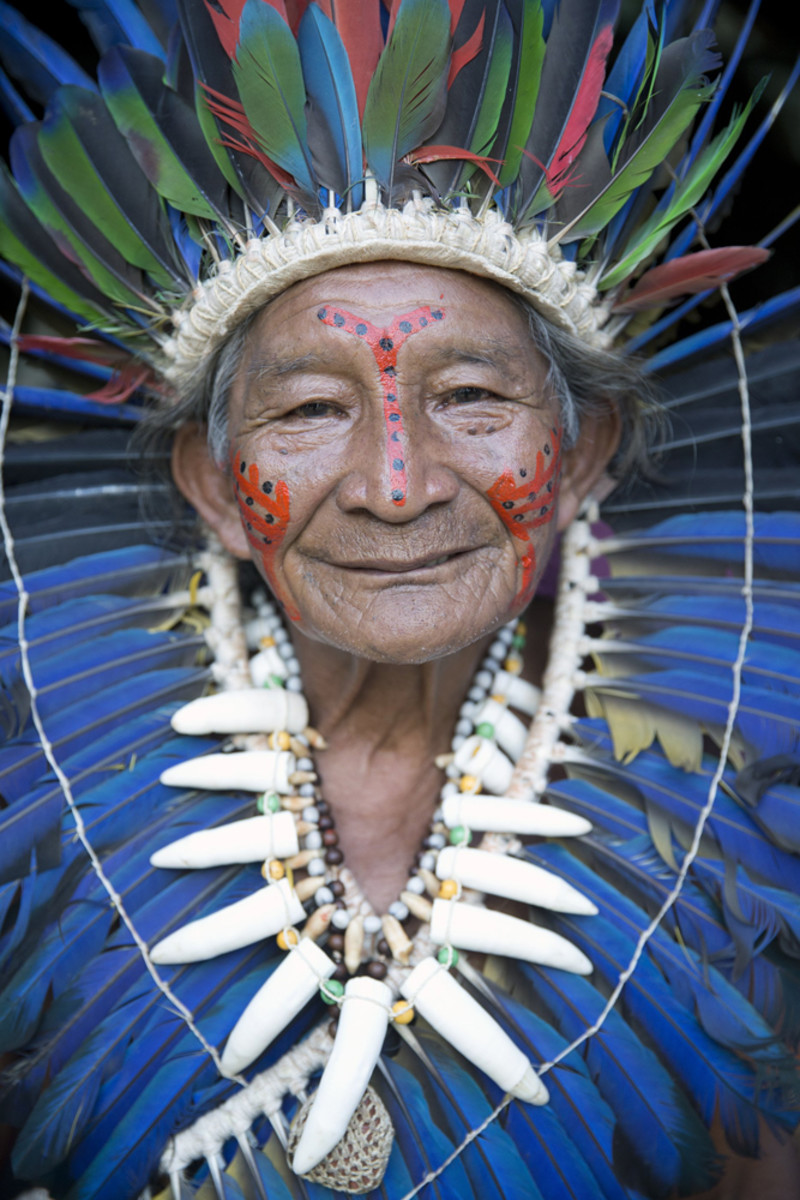
Greetings From Manaus: Greg Bishop and Simon Bruty's Travel Guide to the Other Side of the World Cup. (Photos by Simon Bruty/SI)
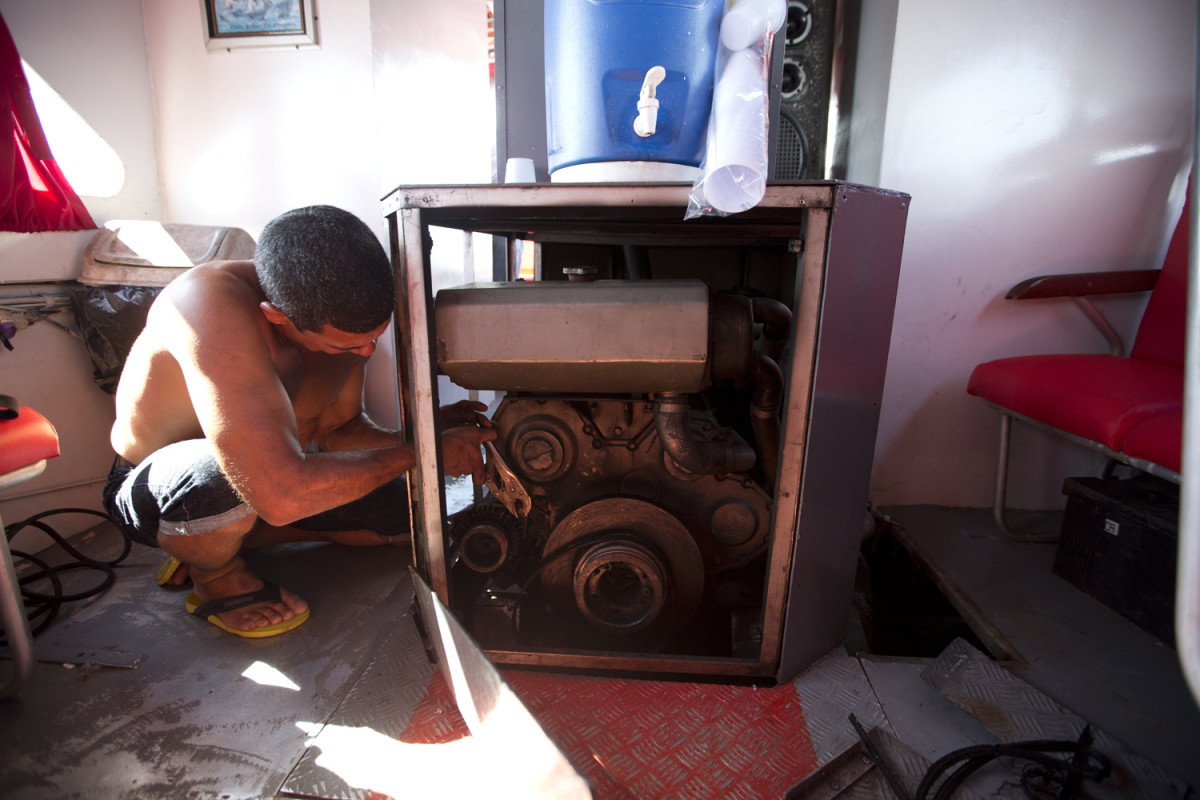
Greetings From Manaus: Greg Bishop and Simon Bruty's Travel Guide to the Other Side of the World Cup. (Photos by Simon Bruty/SI)
